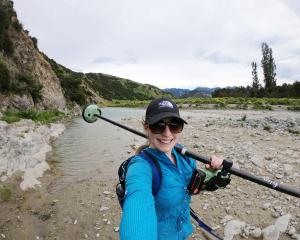

Her grandmother, Angela Milner, said Kiara underwent her first surgery within 24 hours of birth to remove the exposed cerebellum.
Just five days later, doctors inserted a shunt to drain fluid from her brain into her stomach.
“Against all odds, she has continued to defy expectations ever since,” Milner said.
Since then, Kiara has endured a series of major operations, including eye and corrective hip surgeries.
“Each one is a testament to her strength and resilience. She is in every sense, our little miracle.”
Kiara’s fight began before she was even born. Doctors told her parents she would not survive and advised terminating the pregnancy.
Instead, Milner said, they made the choice to cherish whatever time they might have with her.
“They chose love over fear.”
That choice has carried Kiara through countless challenges and remarkable milestones.

“We held on to the hope that perhaps, one day, she might begin to take steps with support. What happened instead was beyond anything we dared to dream,” Milner said.
Kiara entered the centre in a wheelchair, and after just two weeks of treatment she was walking, with the assistance of quad sticks.
Until recently, Kiwi families had no option but to travel to the Gold Coast for paediatric intensive movement therapy, as it was not available in New Zealand.
That has now changed, with the country’s first Centre of Movement opening in Rotorua in July. A second centre opened its doors in Christchurch on Friday.

“What they do for young ones is just phenomenal. It just brings a whole new perspective to New Zealand families,” Milner said.
Because Kiara’s condition is so rare, no one knows what lies ahead for her.
“But she’s a battler, she approaches life with a spirit and determination that is both humbling and inspiring.”
- You can donate towards Kiara’s fight to walk again via her Givealittle page













